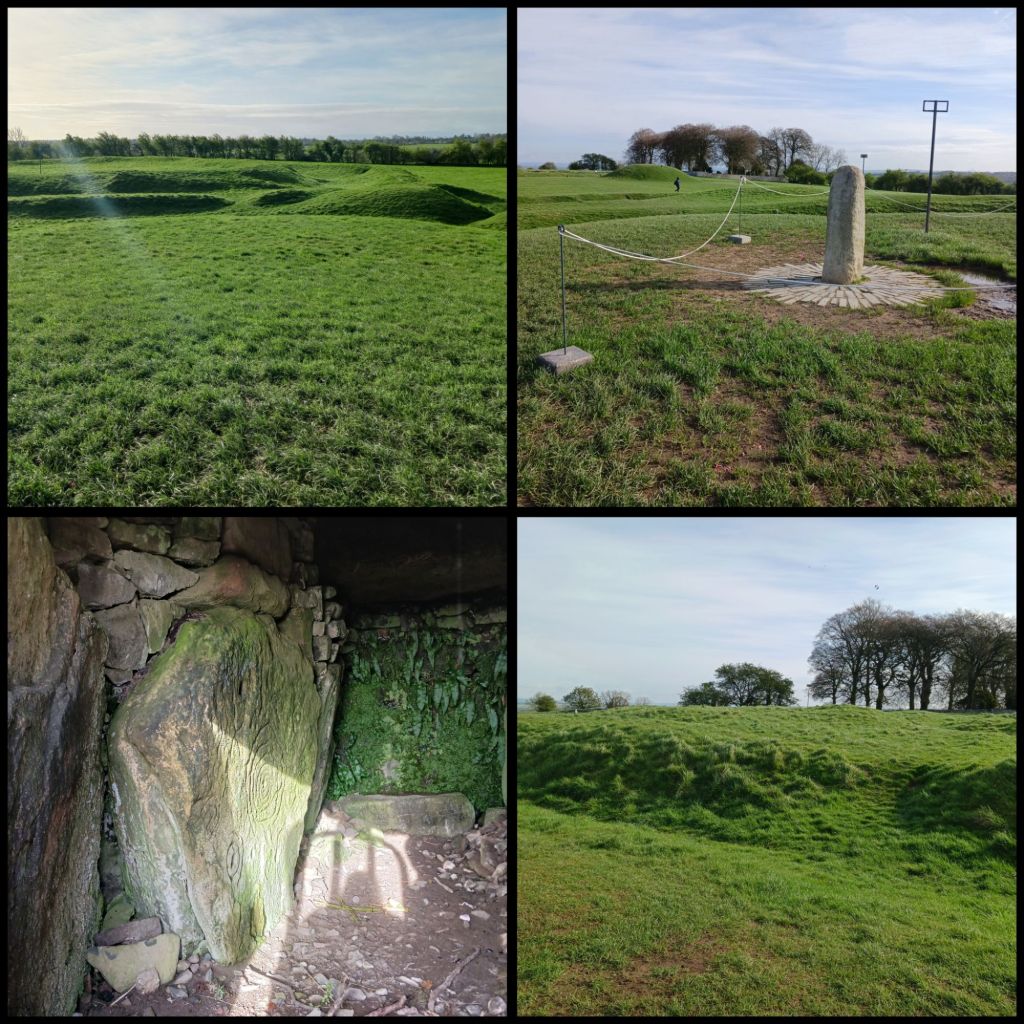
Ireland is known for some of the most breathtaking views and historically significant locations in the whole of the British Isles. Less than an hour away from the lively capital city of Dublin, you can find one of the oldest and most historically significant sites in Ireland, the Hill of Tara. Anyone who has read up on Irish history will have come across this location due to its significance to the core of Irish culture and the remnants of ancient Ireland that are still relevant to Ireland to this day. Nestled in the scenic, rolling green hills of the Boyne Valley, the Hill of Tara is arguably one of the most beautiful and significant historical sites in Ireland offering visitors a unique view of some of the most impressive earthworks and relics of the ancient world.
So what exactly is the Hill of Tara? This collection of 5000-year-old burial sites is the oldest and one of the most revered in all of Ireland, being believed to be the home of many of the famous and infamous High Kings of Ireland’s past. The Hill of Tara has a long and profound history in ancient Ireland, this burial site and passage tomb dates back to the late Stone Age and has many significant and remarkable sights that are still intact and able to be explored. The largest of these monuments on the Hill of Tara is the Ráith na Rí, which is nearly 1000m in circumference. Though it looks much different than it did during its prime so many centuries ago visitors can still see some of the history embedded in the site such as the Lia Fáil known during its time as the great coronation stone and one of the mythological treasures of the Celtic pantheon of gods, the Tuatha Dé Danann. One of the most fascinating sites for me was the Mound of the Hostages, where an ancient Celtic drawing can still be observed on one of the ancient stones.
What is interesting is that although The Hill of Tara, was made by early Celts who were Pagan, this site was respected and revered even through the rise of Christianity in the Emerald Isle. Though followers of this new religion did not have the same beliefs, they still understood the importance of this location and maintained its significance, mainly in a symbolic nature, even being visited by Saint Patrick, the Patron Saint of Ireland. Renowned by its arching earthworks which etch intricate and beautiful patterns in the lush greenery of County Mead these stunning mounds are a sight to behold. If you want to learn more about this site before entering make sure to check out the information signage at the entrance of the location, it will not only give you a detailed history of the location but also give you stunning pictures of the aerial view of each of the earthworks which can often be hard to see in their full glory from the ground.
If you are visiting the county Mead or even have a free afternoon while in Dublin the Hill of Tara is an amazing way to spend a few hours. Admission is free and the parking is limited, so I would recommend trying to get there early if you are planning on visiting on a weekend to help avoid the crowds. Even during the week when we visited was quite a bit of foot traffic from both travelers and visitors alike. The area does not have pavement or cement for walkways, being left in its original element, so remember to wear comfortable walking shoes because the grass does get wet in the rain. So don’t forget to add this amazing location to your Ireland itinerary!
